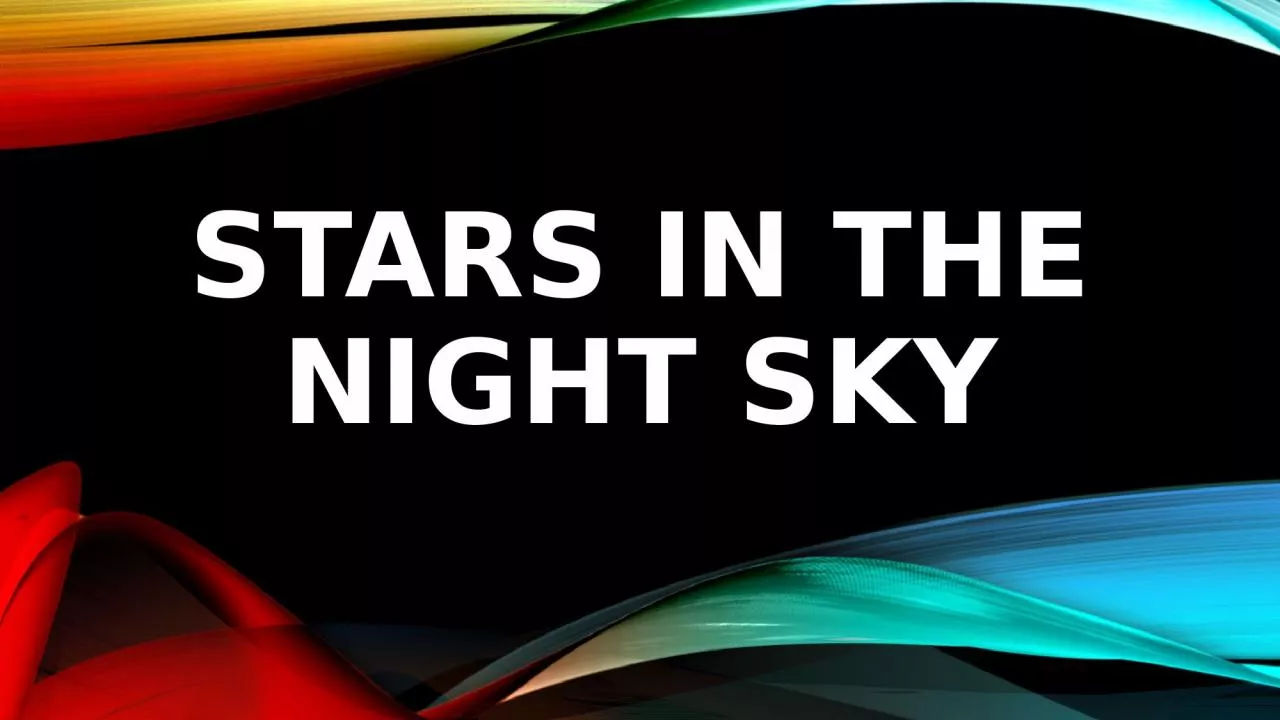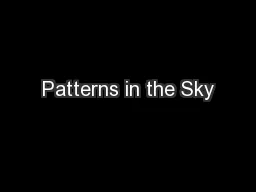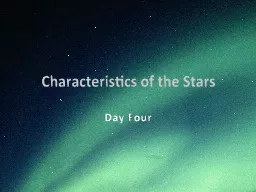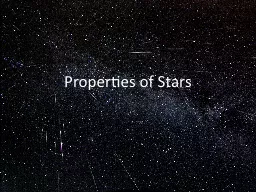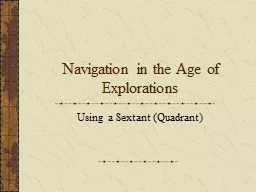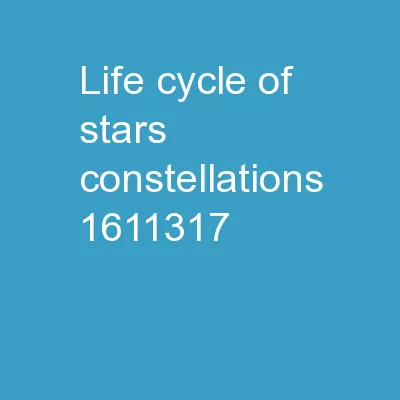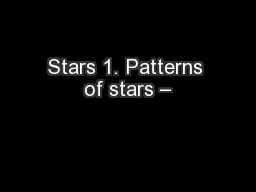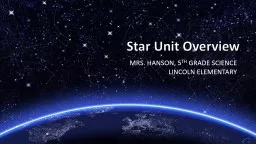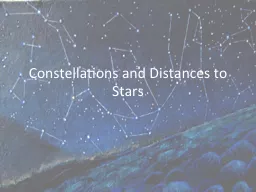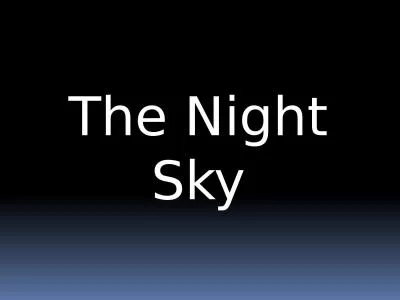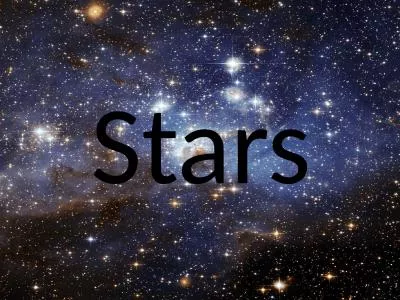PPT-Stars in the Night sky Have you ever noticed that most star patterns are associated with
Author : SchoolDaze | Published Date : 2022-08-01
Check this Out Why do Stars Move A cross the Sky Arrow of Time Milky Way Time Lapse Collection Constellations in Motion What is a Constellation A constellation
Presentation Embed Code
Download Presentation
Download Presentation The PPT/PDF document "Stars in the Night sky Have you ever not..." is the property of its rightful owner. Permission is granted to download and print the materials on this website for personal, non-commercial use only, and to display it on your personal computer provided you do not modify the materials and that you retain all copyright notices contained in the materials. By downloading content from our website, you accept the terms of this agreement.
Stars in the Night sky Have you ever noticed that most star patterns are associated with: Transcript
Download Rules Of Document
"Stars in the Night sky Have you ever noticed that most star patterns are associated with"The content belongs to its owner. You may download and print it for personal use, without modification, and keep all copyright notices. By downloading, you agree to these terms.
Related Documents

